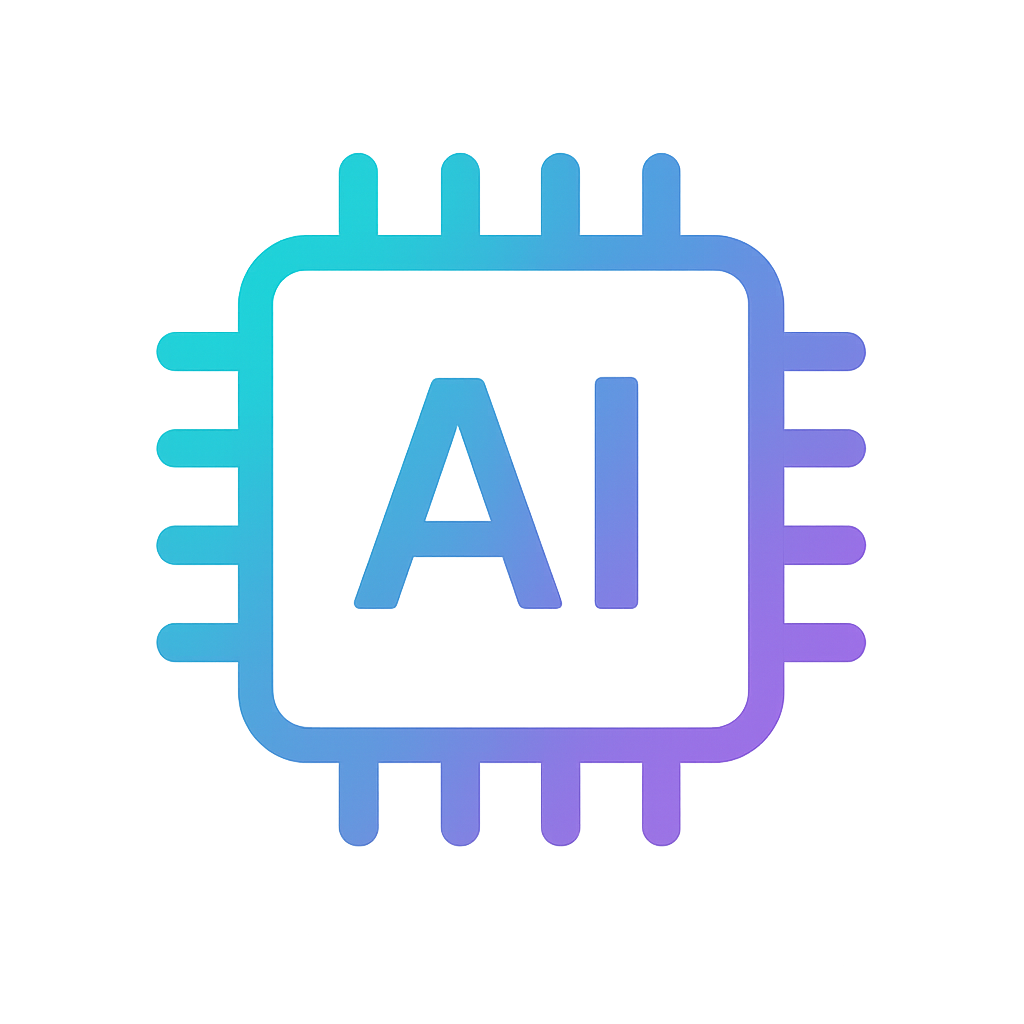TBI paleontological expedition: Scanning our animal ancestors
After field scanning on the eastern shore of Lake Turkana, known as Koobi Fora, we took to the TBI lab to scan modern animal remains, including those of a crocodile, a giraffe, a rhino, a tortoise, a buffalo, a blue wildebeest, as well as a fossilized tortoise and fossilized hippo and bovid skulls.

Scanning a fox skull
The fossils of animals can tell a lot about the area they inhabited. For example, the fossils of antelopes – hooves and teeth – show whether they lived in the woods or on a plain and whether they fed on leaves or grass.
Ancient African animals and hominids shared the same history. Many species were likely to become extinct when Homo erectus started hunting for meat.
The more intact a fossil is, the more information it preserves. Therefore the fossils we scanned are very important for science.
At the lab, we finished the postprocessing of giant fossils and also learned some new facts about them. For instance, Giant Tortoises were quite common in what now is Kenya. Rich with meat, most of them were probably exterminated by people. The only tortoises of this type that survived are Galápagos giant tortoises.

The measurements of a tortoise fossil
Below are the measurements of the jaws of a Rimasuchus Lloydi crocodile, whose giant skull we scanned. They say this species thrived in Africa for 6 million years.

The measurements of a crocodile fossil
No matter how exciting a paleontologist’s job is, it still has some routine to it. Our team wakes up early in the morning, then we have breakfast and go to the lab, where we spend most of the time, then return to have lunch and go back to work as long as the insects allow it. Once they crawl out, they search for the sources of light, such as monitors, scanners, cell phones, and make it impossible to work.

An insect
